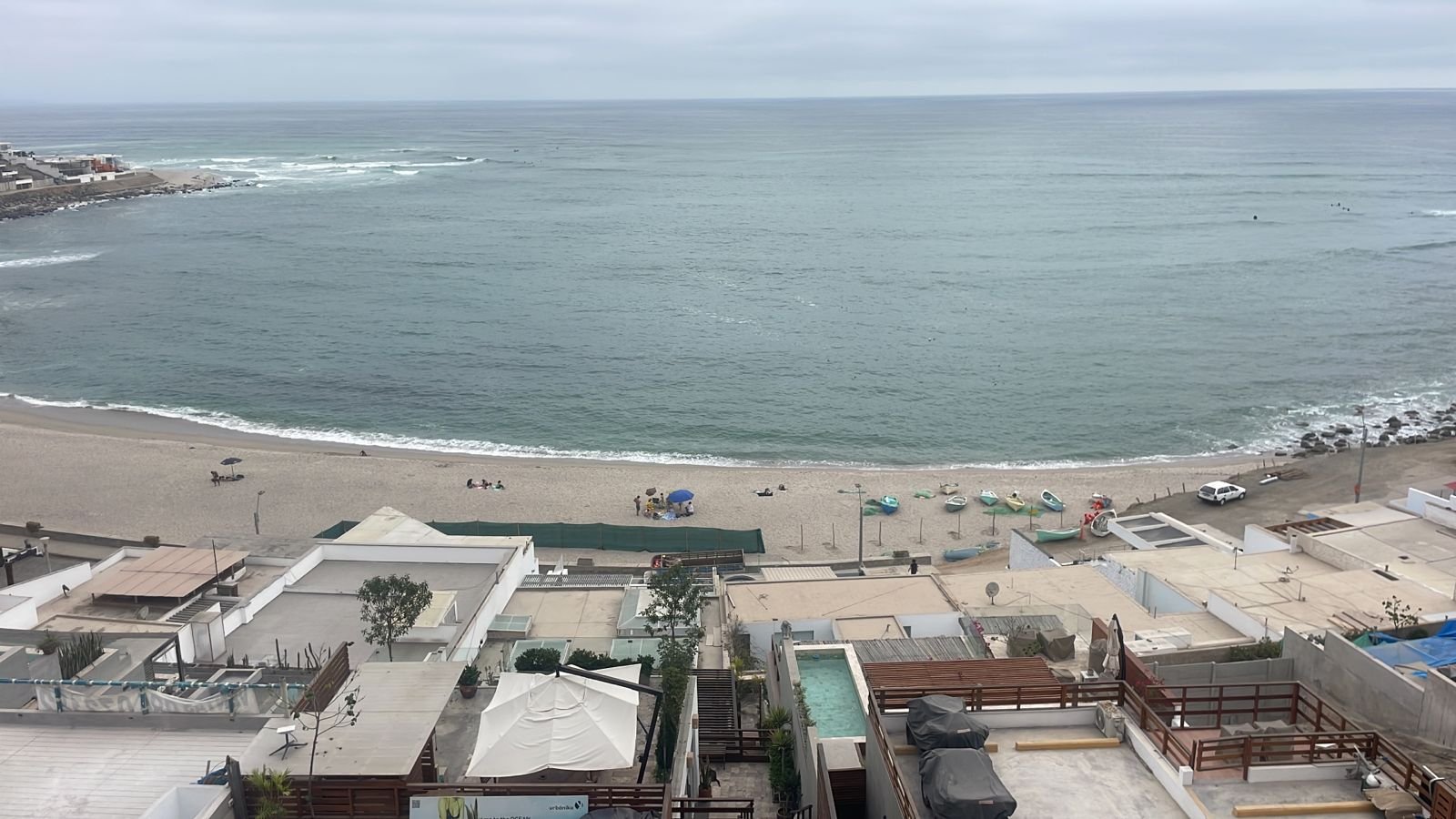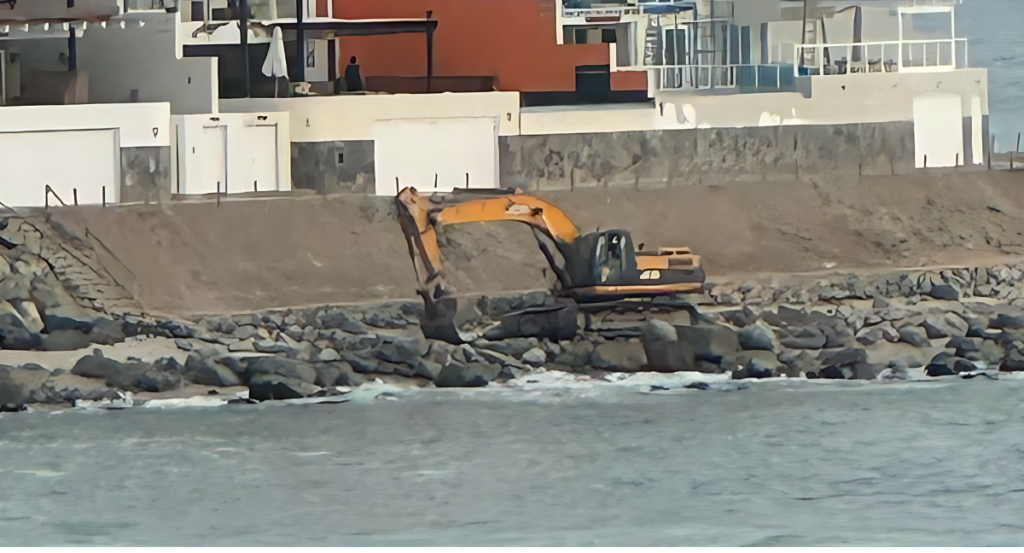Interventions on the Punta Hermosa Boardwalk: A Call for Conservation and Transparency
The recent start of works on the boardwalk in the El Silencio neighborhood of Punta Hermosa, with the presence of heavy machinery on Señoritas Beach, has caused great concern in the local community. A sunset at Señoritas and its impressive waves was disrupted by the machinery removing stones and sand, surprising surfers and locals. Among them, Joaquín del Castillo and Gabriel Villarán shared images of the incident on social media, calling for greater transparency in the projects and the enforcement of regulations that protect the coastline.
According to the surfers, these works seem to aim at expanding the track and the boardwalk at Caballeros Beach, using beach space and bringing the infrastructure even closer to the sea. The local community has expressed concern about the impact of this project on the area's ecology and the quality of its waves, which are an essential part of Punta Hermosa's identity and tourist appeal.
Legal Protection: The Breakwaters Law and the General Water Law
The Breakwaters Law (Law No. 27280), approved in 2000, protects waves suitable for water sports, such as surfing. Under this regulation, waves registered in the National Breakwaters Registry (RENARO) are protected from interventions that could alter their shape or quality. This pioneering legal system, the first of its kind in the world, considers waves as a resource of social and economic value, essential for coastal communities, and prohibits the construction of works that may affect their nature. To date, 33 waves have been protected in Peru through this law, with the goal of protecting 100 waves by 2030.
The law protects the waves of Peru by prohibiting the construction of infrastructures that may modify or affect them. Beaches like Señoritas and Caballeros are registered under this law. As part of this registry, the waves must remain free from any interventions that alter their shape or natural dynamics, as waves are a source of economic and social well-being for coastal communities. Any project that puts the quality of these waves at risk would be against this regulation.
On the other hand, the General Water Law (Decree Law No. 17752) establishes that the area between low and high tide, as well as a strip of 50 meters from the high tide line, is owned by the State, and this strip is inalienable and imprescriptible. The law requires that any intervention in these areas be supervised and approved by the State, protecting the use of water resources with criteria of equity and sustainability, valuing their environmental, economic, and social function.
This law establishes that the area between low and high tide, as well as an additional strip of 50 meters from the high tide line, is the inalienable and imprescriptible property of the State. No entity or individual can intervene in this strip without proper authorization, and any intervention must prioritize the conservation of the ecosystem and public well-being. The laws ensure that the use of the waters and their adjacent areas is optimal, equitable, and focused on environmental conservation.
Concerns of the Punta Hermosa Community
The Punta Hermosa community has requested clarity and transparency regarding the authorizations for this project, as well as the presentation of permits from the Peruvian Navy and the Port Captaincy. In addition, they have reiterated that any intervention in a public space of high ecological and tourist value must involve the participation and consultation of the local community.
The boardwalk and nearby tracks, instead of expanding towards the sea, should explore alternatives that do not compromise the natural characteristics of the beaches and their waves. The conservation of Señoritas and Caballeros is not only vital for surfers, but for everyone who values a healthy and attractive coastal environment in Punta Hermosa.
Surfers and locals remain vigilant, demanding respect for the established regulations and a participatory dialogue in the urban planning process. The conservation of the beaches and their ecosystem is a priority not only to preserve Punta Hermosa’s tourist appeal but also to ensure the well-being of its residents and the natural legacy for future generations.





